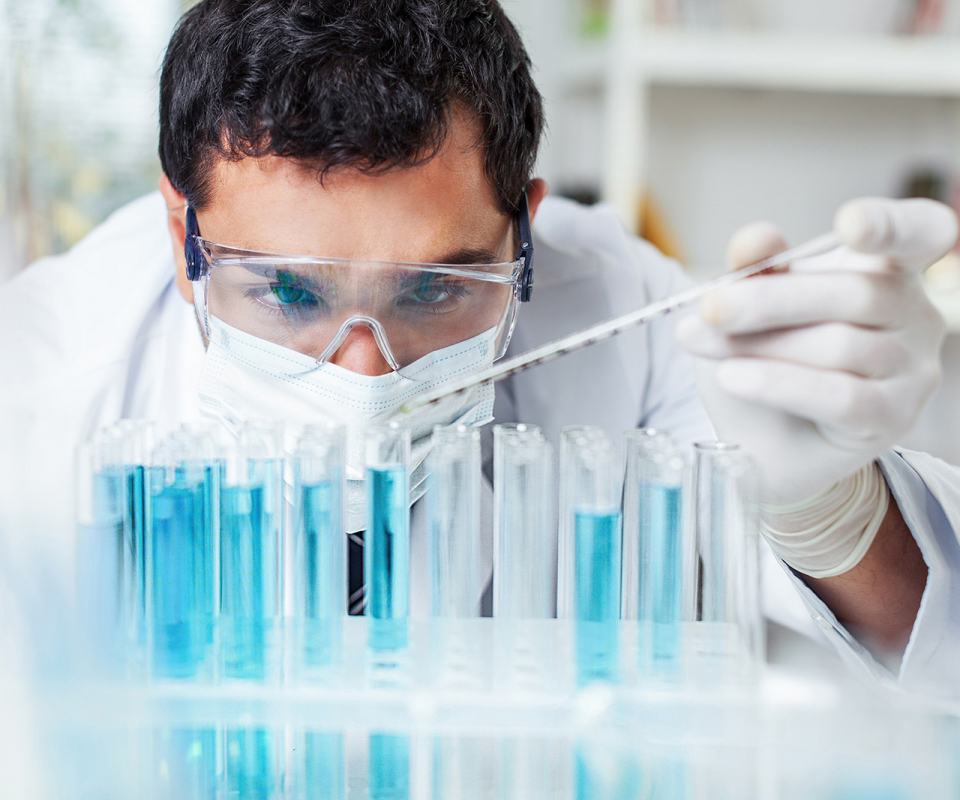Recently I was reviewing safety in the clinical laboratory and during the review came across several excellent articles on eye safety. I would like to share with you some of the information I reviewed.
1. In all US industries combined, it is estimated that there are approximately 2,000 on the job eye injuries requiring medical attention every day, and it is estimated that 90% of them are avoidable.
2. To protect clinical laboratory employees from eye injury, it is essential that personal protective eyewear be used. These can be goggles, safety glasses, or, my personal preference, full-face shields. The reasons I prefer full-face shields are they are lightweight, can be adjusted to fit quite comfortable, particularly in those individuals wearing glasses, and an additional benefit is they provide protection to the mucous membranes of the mouth.
3. In the laboratory, probably the most common types of eye injury come from blood splashes, aerosols, or touching the eye with a contaminated finger or a gloved finger and the sources are most commonly infectious or chemical. The infectious agents contaminating the eye can result in transmission of HIV, hepatitis B or C virus, influenza virus and other microbial organisms. Depending on the chemical agent involved, these can cause significant debilitating, life altering chemical injury to the eyes.
4. Eye safety requirements must be incorporated into the PPE program and the requirements enforced.
5. Review of eye safety procedures should be part of annual safety training and annual safety audit.
6. Despite all the safety training and safety audits, accidents happen. It is important that the laboratory have readably available safety shower and eyewash.
7. When needed, both safety shower and eyewash should be used for at least fifteen minutes following an eye exposure to a biological or chemical hazard. This translates into having the equipment plumbed in with hard connections to the water supply. Self-contained eyewash devices are permitted, but they are considered supplemental units that can provide immediate flushing while transiting to the permanent fixture. The temperature of the water is required to be between 60 and 100 degrees Fahrenheit.
8. Eyewash devices should be flushed weekly to assure that sediment collecting in the device over time does not further compromise a contaminated eye. The shower devices also need periodic flushing.
9. Finally, the devices need to be strategically located, in an unblocked location, in proximity to site of laboratory testing.
I would urge you to evaluate the eye safety portion of your laboratory safety plan. In the event of an exposure of biological or chemical materials to an employee’s eye, all would be grateful for the availability of appropriate eye safety devices.


.png?width=261&name=2021_newest_logo_cola-footer%20(1).png)



